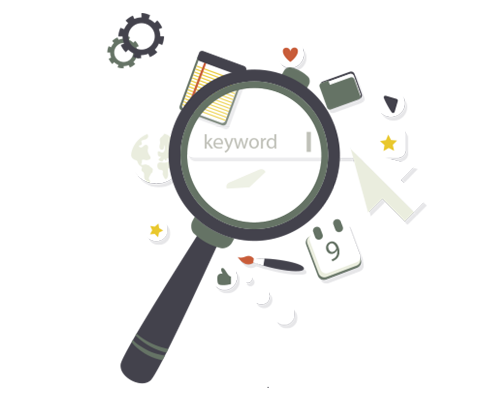Table of Contents
PPC & SEO Effectiveness

Best Practices For Optimizing Landing Pages
There are several best practices for optimizing a landing page for Google Ads:
Pros and Cons to Separate Landing Pages
There are both pros and cons to keeping PPC landing pages separate from organic pages. Here is a brief overview of some of the potential benefits and drawbacks:
Pros- Tracking – Keeping PPC landing pages separate from organic pages can make it easier to track the performance of a PPC campaign and make any necessary adjustments.
- Landing experience – PPC landing pages can be optimized specifically for the purpose of converting visitors into customers. This can involve using specific calls-to-action, forms, or other elements to encourage users to take the desired action. Keeping PPC landing pages separate from organic pages can allow businesses to create a cohesive and effective landing experience for users.
- Keyword targeting – PPC landing pages can be optimized for specific keywords or phrases that are targeted as part of the PPC campaign. Keeping PPC landing pages separate from organic pages can allow businesses to effectively target specific keywords and optimize the pages for those terms.
- Extra work – Keeping PPC landing pages separate from organic pages can require extra work in terms of creating and maintaining separate pages for the PPC campaign.
- Limited reach – PPC landing pages are only shown to users who click on a PPC ad, whereas organic pages can be shown to users who find the website through a variety of sources. This means that PPC landing pages may have a more limited reach compared to organic pages.
- Reduced credibility – PPC landing pages may be perceived as less credible by users compared to organic pages, as they are typically associated with paid advertising. This could potentially lead to a lower conversion rate for the PPC campaign.

Custom Dimensions For PPC
Custom dimensions in Google Analytics allow you to add additional non-standard attributes to your data, such as product categories or author names. These can be used to segment and analyze your data in more advanced ways. To set up custom dimensions for an ecommerce website, you will first need to create the custom dimension in the Google Analytics admin panel and then add the necessary tracking code to your website to send the data to Google Analytics.
To implement custom dimensions on your website, you will need to modify your tracking code to include the custom dimensions. In Google Analytics, the tracking code is a small snippet of JavaScript that you can place on your website to track user activity. To add custom dimensions to the tracking code, you will need to modify the code to include the necessary custom dimension commands.
For example, if you have a custom dimension with the name “Customer Type” and the index “1”, you would add the following code to your tracking code: ga(‘set’, ‘dimension1’, ‘Returning Customer’); This code would send the value “Returning Customer” for the custom dimension “Customer Type” to Google Analytics. You will need to add similar code for each custom dimension that you want to track. Make sure to replace “dimension1” with the correct dimension index for each custom dimension and the correct value for the dimension.

Channel Marketing PPC
Frequently Asked Questions
What's the difference between Facebook ads and Tik Tok ads?
The main difference between Facebook ads and TikTok ads is the target audience and the platform on which the ads are shown.
Facebook is a social media platform with a broad and diverse user base, while TikTok is a video-sharing app that is particularly popular with younger users. As a result, Facebook ads may be more effective for reaching a broad audience, while TikTok ads may be more effective for reaching younger users.
In terms of ad format, both platforms offer a variety of ad formats, including image ads, video ads, and carousel ads. However, TikTok is known for its short, catchy, and often humorous video content, so video ads on TikTok may be more effective if they are tailored to the platform’s style and tone.
For autotagging, what parameter does google ads include in the destination url?
Autotagging is a feature in Google Ads that automatically adds a unique tracking parameter to the destination URL of a Google Ads ad. This tracking parameter, called the gclid (Google Click Identifier), is used to track clicks on an ad and link them to the corresponding Google Ads account.
The gclid parameter is a unique alphanumeric code that is generated when a user clicks on an ad. It is included in the destination URL of the ad as a query string parameter, which allows Google Ads to track the click and attribute it to the correct account.
By using autotagging, businesses can more accurately track the performance of their Google Ads campaigns and make informed decisions about their advertising efforts. It is a best practice to use autotagging to ensure that clicks on your ads are properly attributed to your Google Ads account.
